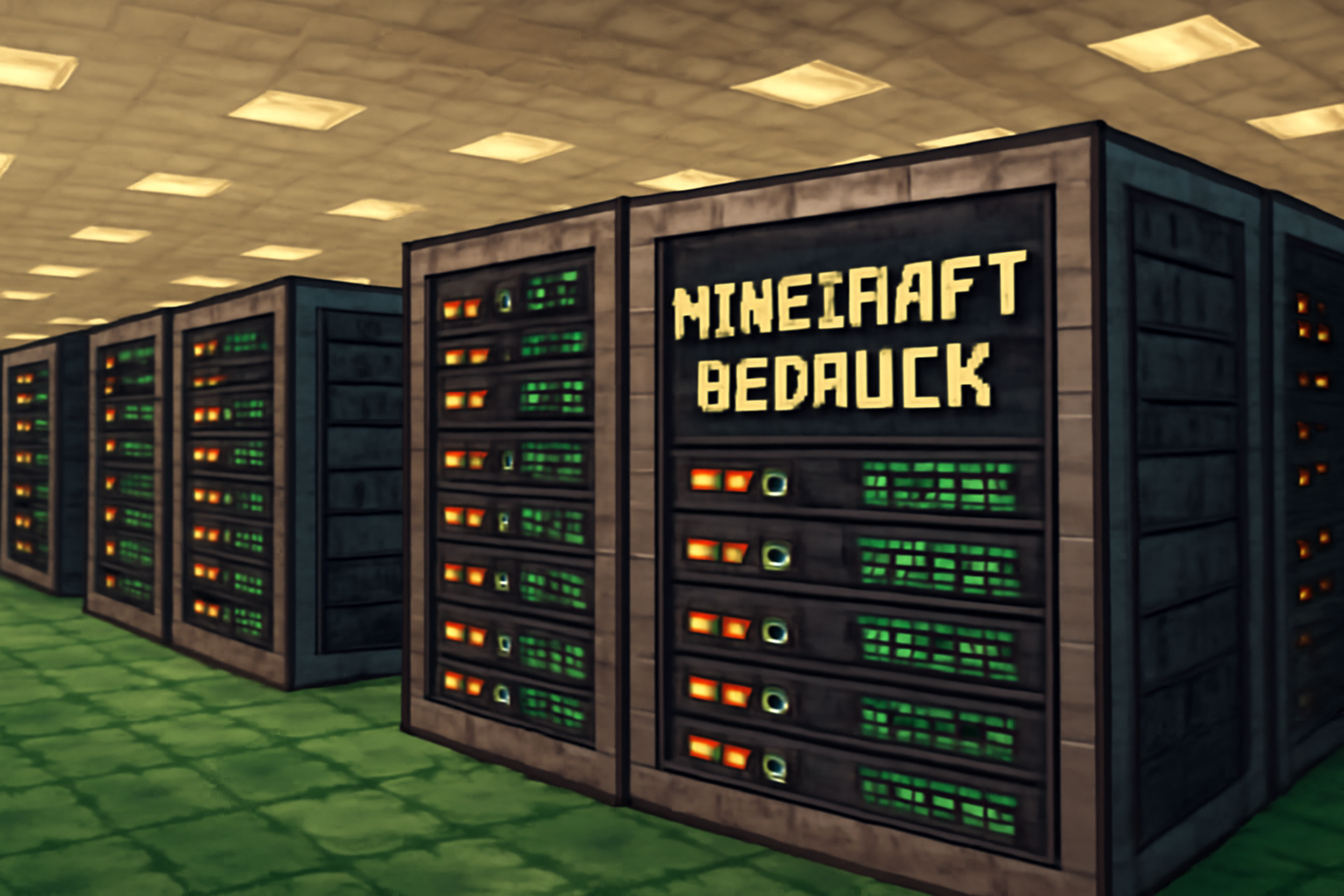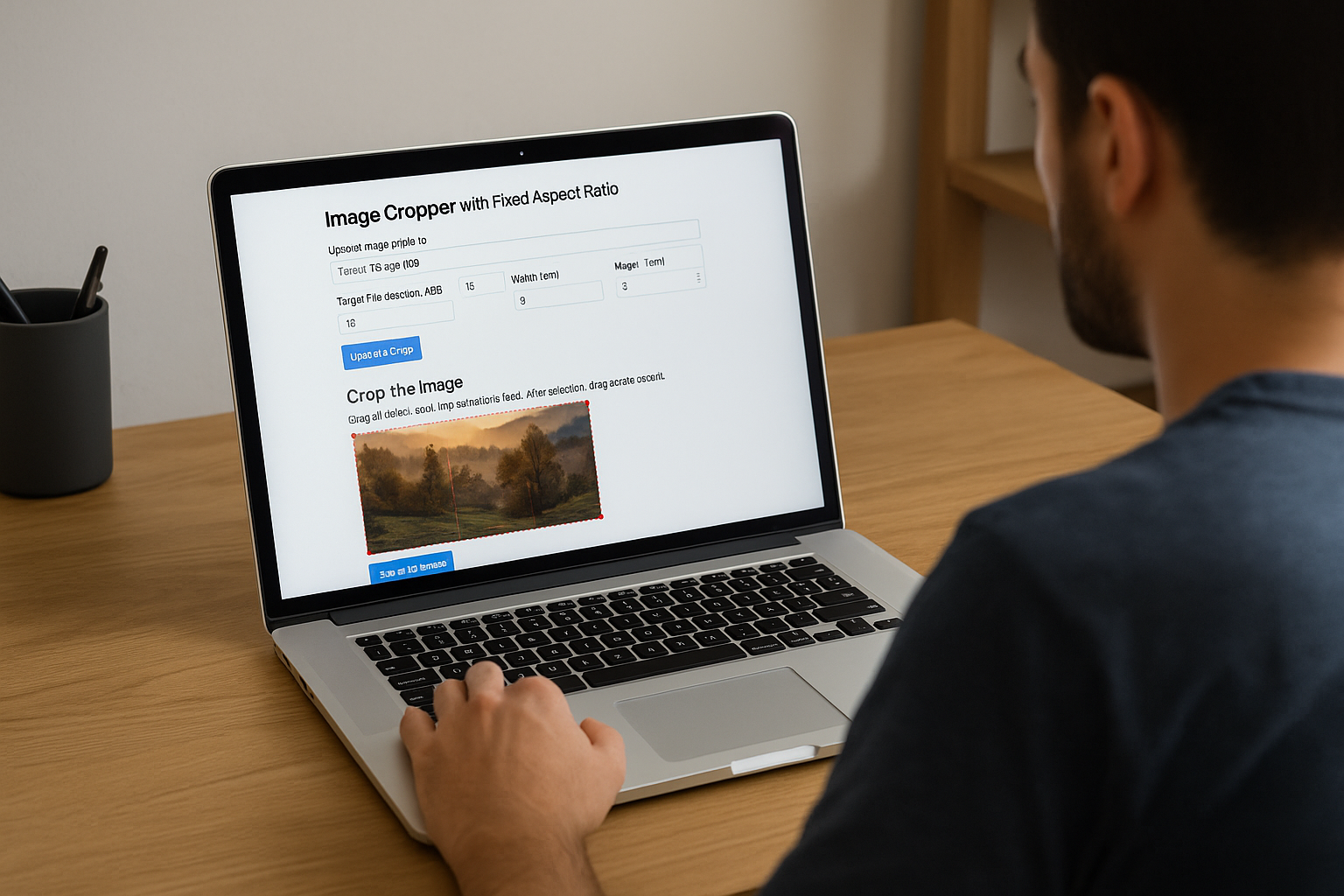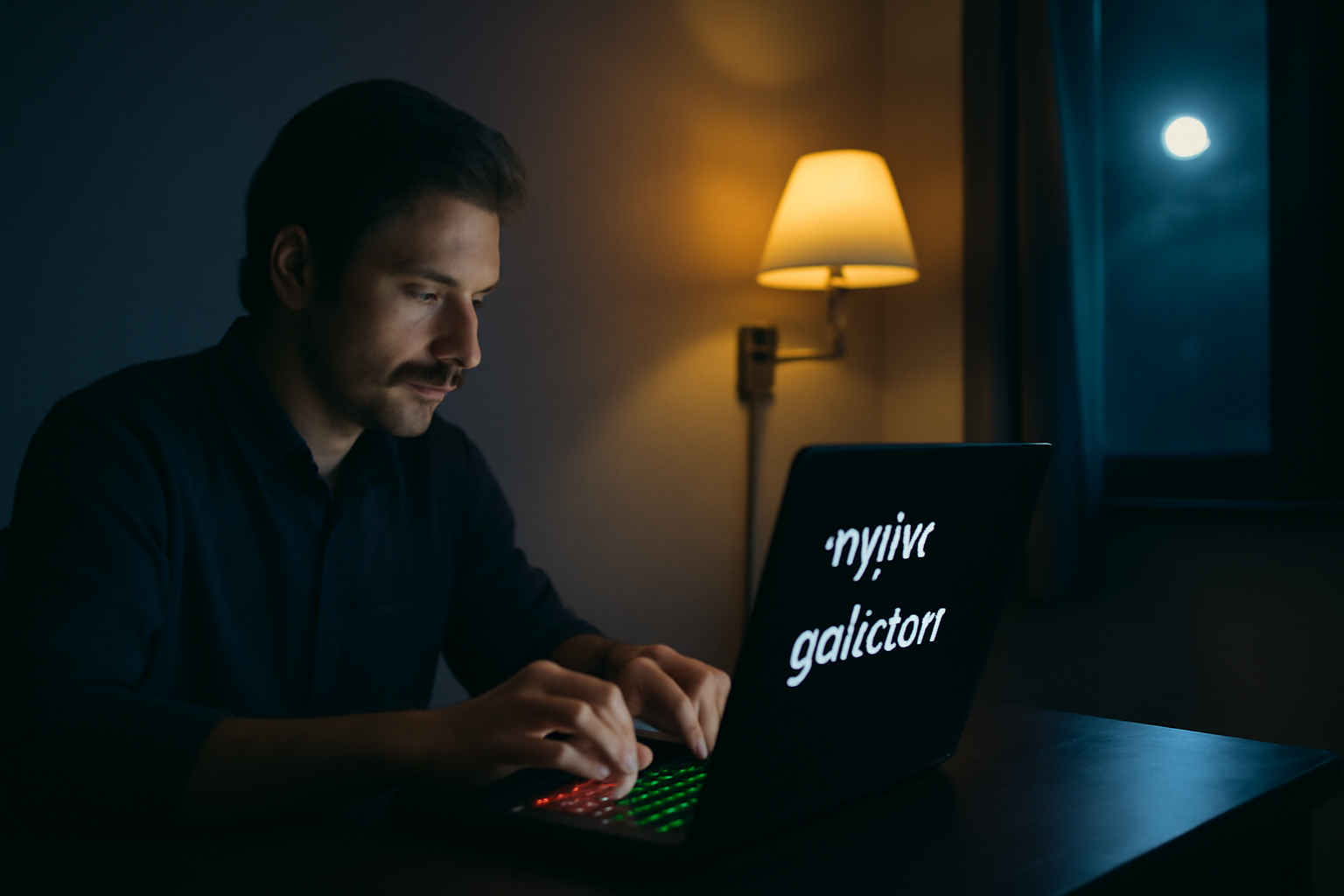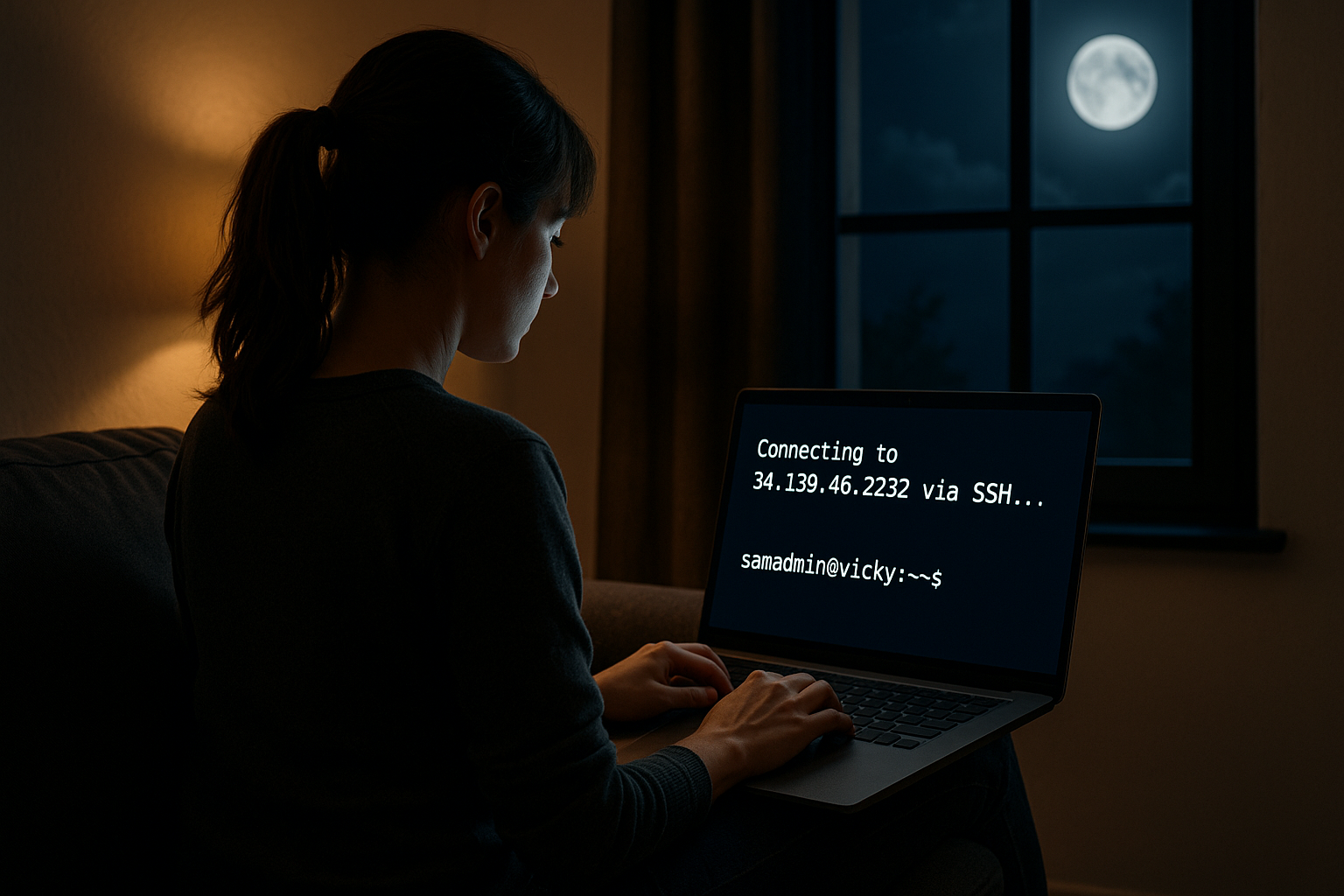
How to Host a Minecraft Bedrock Server on Ubuntu and Windows
Hosting a Minecraft Bedrock server lets you create your own world and play with friends, no matter where they are. If you want to host a Minecraft Bedrock Edition server on your own machine, this guide will walk you through the process for both Ubuntu (Linux) and Windows.
Prerequisites
Before starting, ensure your machine meets the following system requirements:
-
Windows: 8 GB RAM (minimum), a decent CPU, and an active internet connection.
-
Ubuntu: At least 4 GB RAM, 2 CPU cores, and a stable internet connection.
Note: Minecraft Bedrock Edition typically runs on less memory than Java Edition, but you should still close unnecessary applications for better performance.
How to Host a Minecraft Bedrock Server on Ubuntu
1. Prepare Your System
-
Update Your System:
Ensure Ubuntu is fully updated.sudo apt update && sudo apt upgrade -y -
Install Required Dependencies:
You’ll needlibcurl4andlibsdl2-2.0-0for the server to work properly.sudo apt install libcurl4 libsdl2-2.0-0
2. Download the Bedrock Edition Server
-
Download the Latest Bedrock Server for Linux:
Go to the official Minecraft website to download the latest.tar.gzserver file for Bedrock Edition. Or usewget:wget https://minecraft.net/en-us/download/server/bedrock -O bedrock-server.tar.gz -
Extract the Server Files:
After downloading, extract the server files.tar -zxvf bedrock-server.tar.gz cd bedrock-server
3. Start the Server
-
Run the Server:
To start the Minecraft Bedrock server, execute:./bedrock_server -
Optional: Create a Custom Start Script:
You can make a.shscript to make it easier to launch the server.
Create a file calledstart-bedrock.sh:nano start-bedrock.shAdd the following content:
#!/bin/bash cd /path/to/bedrock-server ./bedrock_serverMake the script executable:
chmod +x start-bedrock.sh -
Configure Your Server:
Edit theserver.propertiesfile to set your desired options, such as gamemode, difficulty, and max players.nano server.properties
4. Port Forwarding & Networking
-
Port for Bedrock: By default, the Minecraft Bedrock server runs on port 19132 (UDP).
-
You will need to forward port 19132 on your router to make the server accessible to the public. This step is done through your router's web interface.
If you want to keep it private or use a VPN, consider using services like ZeroTier or Tailscale.
5. Run and Manage Your Server
-
To run your server again, just run the
start-bedrock.shscript:./start-bedrock.sh -
For continuous server management, you may want to run the server inside a screen or tmux session:
screen -S bedrock-server ./bedrock_server
How to Host a Minecraft Bedrock Server on Windows
1. Prepare Your System
Ensure your Windows machine has the following:
-
8 GB of RAM minimum.
-
Close unnecessary applications to ensure smooth operation.
2. Download the Bedrock Edition Server
-
Download the Server:
Visit Minecraft.net and download the Bedrock Edition server for Windows. The file will be a.zip. -
Extract the Server Files:
Extract the downloaded zip file to a folder (e.g.,C:\Minecraft\BedrockServer\).
3. Create a Batch Script to Start the Server
-
Create the Start Script:
Inside your extracted server folder, create a new batch file (e.g.,start-bedrock.bat) with the following content:@echo off title Minecraft Bedrock Server cd /d "%~dp0" bedrock_server.exe pause -
Run the Server:
Double-click onstart-bedrock.batto launch the Minecraft Bedrock server.
4. Edit Server Properties
Modify the server.properties file to adjust your server settings, such as:
-
gamemode=creative
-
difficulty=normal
-
max-players=10
Use a text editor like Notepad to modify these settings.
5. Port Forwarding & Networking
Just like on Ubuntu, the default Bedrock port is 19132 (UDP). If you want to make the server public:
-
Log in to your router’s settings.
-
Forward port 19132 (UDP) to your local machine's IP address.
Alternatively, if you want private access, you can use VPNs like ZeroTier or Tailscale.
6. Run and Manage Your Server
-
You can create a master
.batlauncher that lets you choose between Java and Bedrock servers if running both. -
Always backup your worlds regularly and keep an eye on your CPU/RAM usage.
Final Thoughts
Whether you're using Ubuntu or Windows, hosting a Minecraft Bedrock server can be a fun and rewarding experience. Make sure to allocate enough resources to your server to prevent lag, and remember to forward the correct ports to ensure that your friends can join the server. If you need cross-play between Java and Bedrock, consider using GeyserMC to bridge the gap.
Happy mining and crafting!









0 Comments